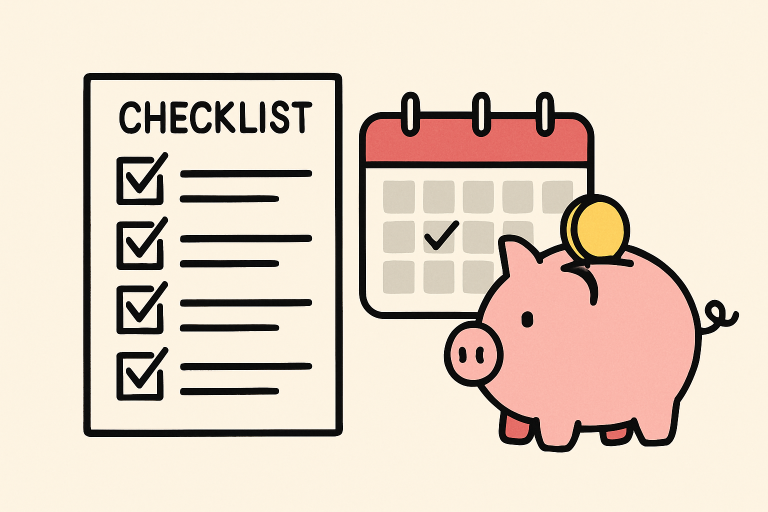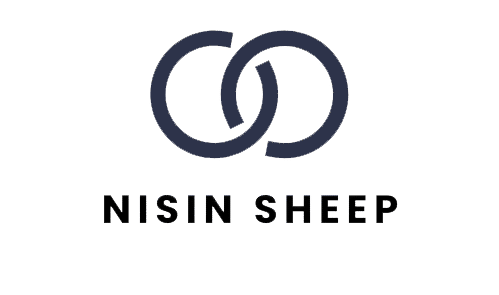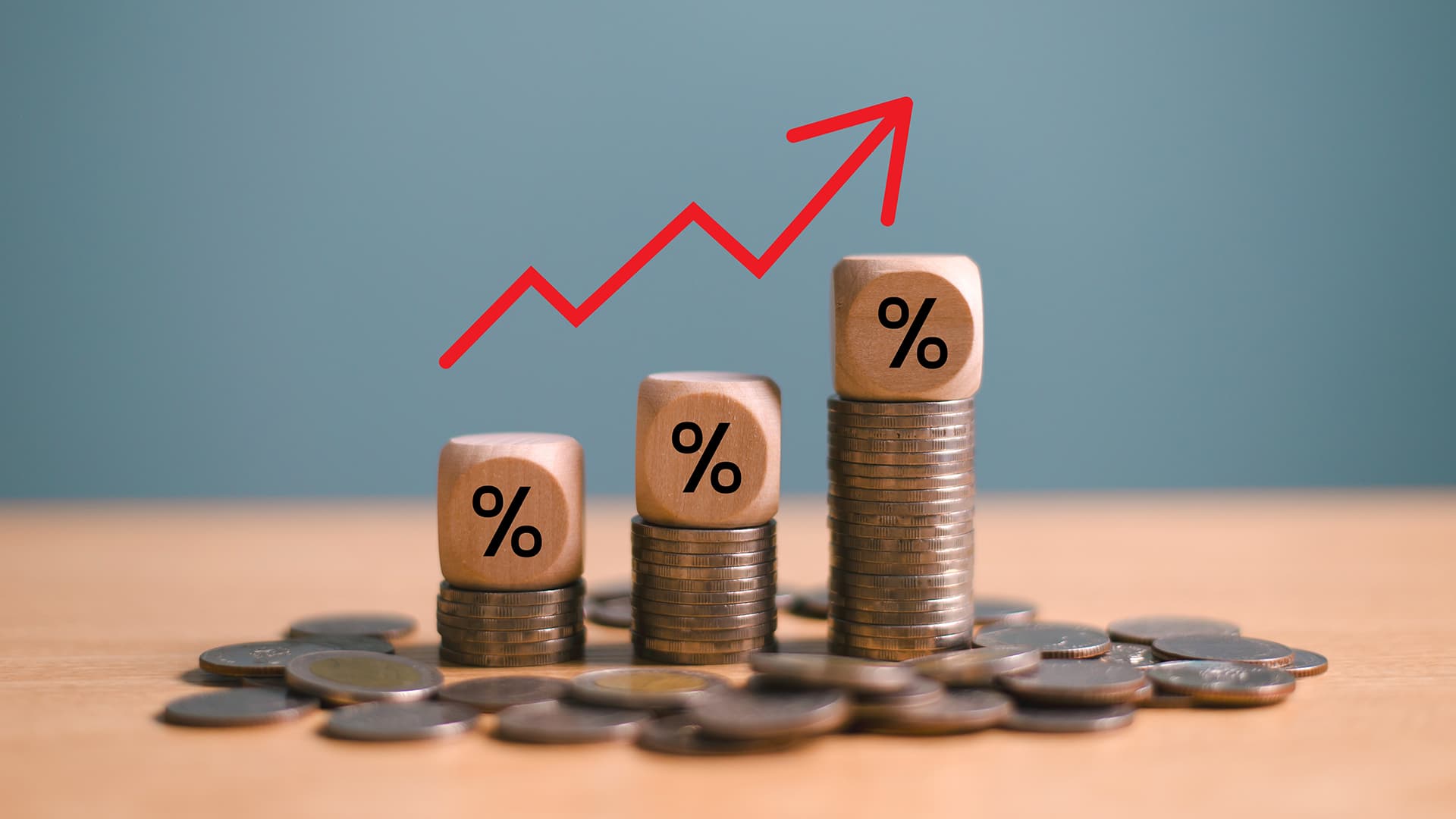Key Takeaways
- Small, repeatable habits (automated transfers, weekly check-ins) beat occasional big plans for long-term confidence.
- Build a two-step safety cushion: a $500–$2,000 starter fund, then a rolling 3-month buffer.
- Track two simple KPIs—liquid buffer and debt-to-disposable-income ratio—on a 15-minute monthly review.
Table of Contents
- Introduction
- Set an emergency fund routine.
- Automate savings and essential bills to prevent decision fatigue
- Trim debt with targeted repayment plans.
- Measure progress with simple, repeatable metrics.
- Build confidence with small wins and accountability loops.
- Where to find evidence-based guidance
- Conclusion
Financial confidence doesn’t come from earning a certain salary or hitting an arbitrary milestone. It comes from knowing that you can handle life’s surprises without panic and that you have reliable systems in place for growth. Habits are the foundation of this confidence, and they are within anyone’s reach. For an editorial perspective and third-party profile, see Dow Janes Reviews. Building these habits takes intention, but even small steps can lead to big financial transformations over time. With consistency, you’ll find that money feels less stressful and more like a tool that works for you. Ultimately, true confidence comes from clarity, practice, and support along the journey.
Set an emergency fund routine
One of the first habits that directly improves financial confidence is building a small emergency fund. It doesn’t have to be large at the beginning; even $500–$2,000 can make a dramatic difference in your ability to manage an unexpected car repair, a broken appliance, or a medical bill. Without a fund, these costs typically end up on high-interest credit cards, which can quickly snowball into lasting debt.
Dow Janes often emphasizes that the very first win you can give yourself is proving that you can save something, no matter how small. That psychological boost matters just as much as the financial protection. To make saving achievable, set up a simple routine: choose an amount you can comfortably save each week or month and make it automatic.
For example, set a transfer of $50 every payday into a dedicated savings account titled “Emergency Fund.” By naming and separating the account, you reduce the temptation to dip into it for non-emergencies.
According to Federal Reserve data, roughly four in ten Americans would struggle to cover a $400 emergency expense with cash. Building even a modest cushion immediately puts you ahead of millions of households and reduces the mental load of living paycheck to paycheck.
Automate savings and essential bills to prevent decision fatigue
Once the emergency fund routine is in place, automation is the next critical habit. Every decision you don’t have to make about money frees up willpower for more meaningful choices. Automating your savings, bill payments, and even small contributions to future goals ensures consistency and prevents slip-ups caused by forgetfulness or stress.
Start by automating two categories:
- Recurring bills like utilities, rent, or subscriptions. Automating these eliminates the risk of late fees and protects your credit score.
- Savings transfers to both your emergency fund and long-term accounts. Even if you can only automate $25 a week, the regularity is more valuable than occasional lump sums.
Apps and tools can help, but even a simple bank transfer works perfectly. Research from the Consumer Financial Protection Bureau suggests that consistent habits around automatic payments significantly reduce financial stress by minimizing last-minute financial juggling.
Dow Janes encourages clients to think of automation as a “set it and forget it” strategy that works quietly in the background. By doing this, saving transforms from an aspiration into a predictable part of their financial routine.

Trim debt with targeted repayment plans
Debt repayment is one of the most powerful levers for building confidence. Carrying balances, especially at high interest rates, is stressful because it feels like a constant weight on your shoulders. Fortunately, structured repayment plans transform debt from a vague burden into a clear path forward.
Two main strategies work well:
- Snowball Method: Pay off the smallest balance first while making minimum payments on all others. This method builds momentum and gives quick psychological wins.
- Avalanche Method: Focus on the debt with the highest interest rate, which saves you the most money in the long run.
Both methods work; the key is choosing the one you will stick with. For example, if you owe $1,200 on one card at 18% and $600 on another at 12%, the avalanche method would target the larger balance first, while the snowball would prioritize the smaller one. Either way, setting up an extra automated payment, even a modest $50 every two weeks, accelerates progress and visibly reduces balances. Dow Janes highlights that tackling debt is not just about dollars and cents—it’s about reclaiming a sense of control. Each repayment milestone becomes evidence that you can direct your financial future instead of being at the mercy of interest charges.
Measure progress with simple, repeatable metrics
Confidence grows faster when you measure it. Without metrics, financial habits feel vague, and progress is harder to recognize. By choosing a few simple numbers, you can create a monthly review that proves you are moving forward.
Two accessible metrics are:
- Liquid Buffer: How many days of expenses could you cover with readily available cash? Start by tracking whether you can cover two weeks, then aim for one month, and eventually three.
- Debt-to-Income Ratio: Divide monthly debt payments by monthly take-home pay. A lower number signals more flexibility and a stronger financial footing.
Schedule a 15-minute review on the same day each month. Record your balances, calculate these metrics, and note any improvements. Acknowledging progress, even if small, builds momentum. Dow Janes frequently teaches that data is confidence. By having clear, repeatable numbers to track, you eliminate guesswork and replace uncertainty with clarity.
Build confidence with small wins and accountability loops
Financial confidence thrives on small wins. Saving your first $100, paying off one debt, or completing three months of consistent automation all create positive reinforcement. The key is to recognize these wins and reward yourself in small, budget-friendly ways.
For example, if you meet a savings milestone, treat yourself to a favorite meal or allow an extra leisure activity. Rewards don’t need to cost much; the goal is to link progress with positive emotions so the habit sticks.
Accountability also accelerates progress. Partner with a friend or family member, share your goals, and schedule monthly check-ins. Having someone to share wins and setbacks with doubles your chances of sticking to the plan. A simple 90-day challenge—such as saving $300 or reducing one debt by $200—becomes more powerful when tracked together.
Dow Janes notes that combining micro-goals with accountability creates lasting behavior change. Each cycle of success builds more belief in your ability to manage money well.
Where to find evidence-based guidance
Reliable financial confidence comes from following evidence-based strategies, not quick tips or unverified hacks. Trusted sources like the Federal Reserve’s household well-being survey and the CFPB’s tools provide unbiased, research-backed insights you can apply immediately. These resources are especially useful when deciding how much to save, how to evaluate debt, or how to benchmark your progress. Dow Janes consistently advises using credible, data-backed resources when shaping financial routines. These resources not only give accurate guidance but also help you avoid misinformation that could undermine your efforts.
Conclusion
Building financial confidence is less about an overnight transformation and more about steady, repeatable habits. Start with an emergency fund, automate your financial flows, pick a debt strategy you can maintain, and measure your progress with simple metrics. Add small wins and accountability to keep motivation high, and consult evidence-based resources for guidance. As Dow Janes stresses, confidence grows one step at a time. By consistently practicing these habits, you not only strengthen your finances but also build the resilience and peace of mind that money can—and should—bring.

